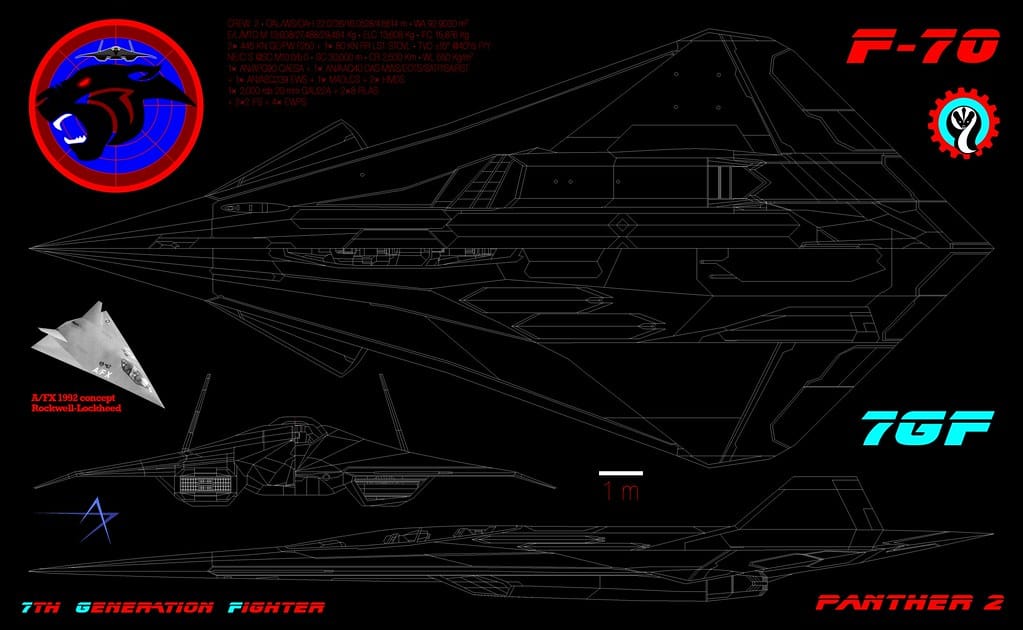Scientists Develop Revolutionary Quantum Radar Technology That Can See Through Earth
A groundbreaking advancement in quantum physics could fundamentally change how we detect and image objects buried deep underground, with applications ranging from archaeology to national security. Researchers have successfully demonstrated a quantum radar system that harnesses the mysterious properties of quantum entanglement to peer through solid matter with unprecedented precision.
Breaking Through Traditional Limitations
Traditional radar systems face significant challenges when attempting to detect objects buried in soil, rock, or other dense materials. Ground-penetrating radar, while useful, is limited by depth penetration and resolution issues, particularly in challenging geological conditions. The new quantum radar technology promises to overcome these fundamental barriers by exploiting quantum mechanical properties that don't exist in classical physics.
The quantum radar system uses pairs of entangled photons—particles of light that remain mysteriously connected regardless of the distance between them. When one photon from an entangled pair encounters a buried object, the quantum connection with its partner photon reveals information about what lies beneath the surface, even through materials that would completely block traditional electromagnetic signals.
How Quantum Entanglement Powers Underground Vision
At the heart of this technology lies quantum entanglement, which Albert Einstein famously called "spooky action at a distance." In the quantum radar system, researchers generate pairs of entangled photons using specialized crystals. One photon from each pair is sent into the ground, while its entangled partner is kept in the laboratory for measurement.
The underground photon interacts with buried objects, and these interactions are instantly reflected in the behavior of its partner photon above ground. By analyzing thousands of these quantum correlations, the system builds detailed images of subsurface structures with remarkable clarity and depth penetration that surpasses conventional methods.
Dr. Sarah Chen, lead physicist on the project, explains: "What we're seeing is quantum mechanics allowing us to extract information from environments where classical physics would tell us it's impossible. The entangled photons maintain their connection even through dense earth and rock."
Revolutionary Applications Across Multiple Fields
Archaeological Discoveries
The implications for archaeology are staggering. The quantum radar could reveal hidden chambers in pyramids, locate buried ancient cities, and map underground archaeological sites without the need for disruptive excavation. Recent tests have successfully detected pottery fragments and metal artifacts buried six feet underground, with resolution fine enough to distinguish between different materials.
Infrastructure and Engineering
Civil engineers could use this technology to inspect the integrity of underground infrastructure, locate utilities without digging, and identify potential sinkholes or geological hazards before they become dangerous. The system has already demonstrated the ability to detect concrete structures and metal pipes at depths exceeding 20 feet.
Security and Defense Applications
While specific military applications remain classified, the technology clearly offers advantages for detecting concealed objects, mapping tunnel systems, and identifying potential security threats. The quantum nature of the system also makes it extremely difficult to jam or detect, unlike traditional radar systems.
Current Limitations and Future Development
Despite its revolutionary potential, the quantum radar technology currently faces several challenges. The system requires extremely sophisticated equipment to generate and maintain quantum entanglement, including specialized lasers and ultra-sensitive detectors that must be kept at near absolute-zero temperatures.
Processing times are another hurdle—generating a detailed underground image currently takes several hours, though researchers expect significant improvements as quantum computing power advances. The effective range is also limited, with current prototypes working reliably up to depths of about 30 feet.
The Path Forward
Research teams across three continents are now working to refine the technology, with particular focus on miniaturization and improved processing speeds. The European Space Agency has expressed interest in adapting the technology for planetary exploration, while several archaeological institutions have requested access to prototype systems.
Commercial applications could emerge within the next decade, though widespread adoption will require significant reductions in cost and complexity. Early implementations will likely focus on high-value applications where the technology's unique capabilities justify the current expense and complexity.
A New Era of Underground Vision
The development of quantum radar represents more than just a technological advancement—it's a practical demonstration of how quantum mechanics can solve real-world problems that have puzzled scientists for decades. As this technology matures, it promises to unlock secrets buried beneath our feet while opening new possibilities for exploration, archaeology, and security that we're only beginning to imagine.
The quantum revolution has moved from laboratory curiosity to practical tool, and the ground beneath us will never look quite the same.
